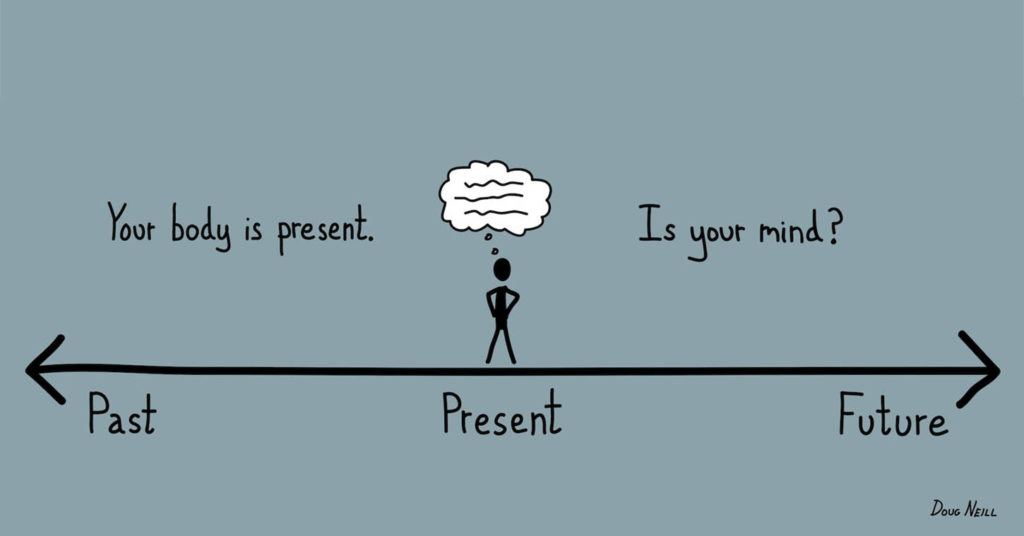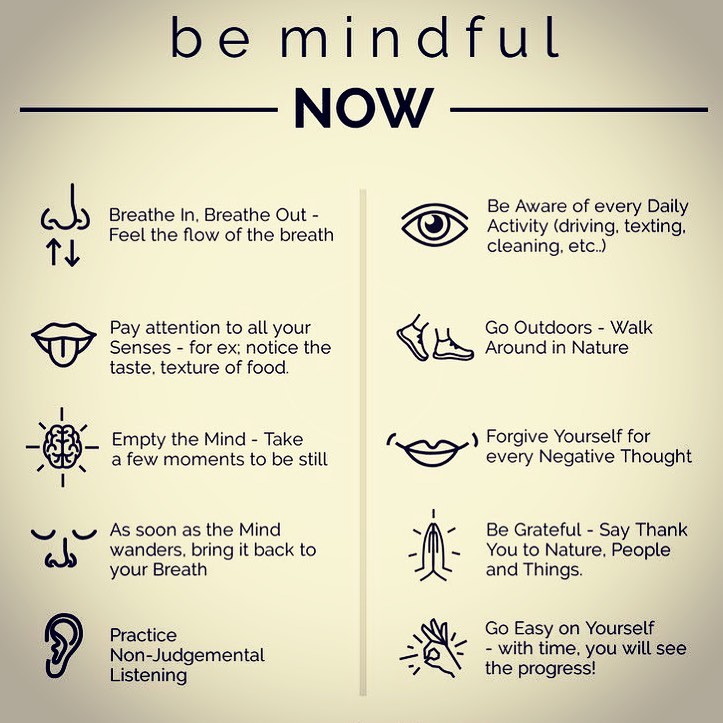
Help slow down that racing mind during these unprecedented times.
Anxiety often appears when we’re taken out of our normal routine – and for many of us, this is being tested to the max as we speak.
The mind can race frantically when you’re cooped up at home and are in the dark about what lies ahead. The amount of uncertainty going around during this current COVID-19 pandemic only adds to the mental overload many of us are experiencing.
Throw in politicians and the media chiming in with their own agendas, and it’s enough to bring you to a very unwanted headspace.
Start with a very important realization.
But this unwanted headspace, however glum the outlook may seem, doesn’t have to be permanent.
The first thing you have to understand is that you aren’t in this alone. Literally everyone in the world (save for infants and toddlers, perhaps) is being impacted by this pandemic in one way or another – and most of them are experiencing some of the same feelings you are.
This realization that you aren’t on an island all by yourself can provide some solace. It will open your eyes to others around you that might be coping more successfully, providing optimism that you too can do the same.
Not to mention, it can help you open up to others about what you’re going through – which we all know is a great way to lessen the burden. So get out there and chat with family & friends so you can approach this with a “power in numbers” attitude.
Here are some great tips for becoming more mindful in your daily life.
Once you realize that you aren’t in this alone, you likely won’t feel bogged down as much. You’ll instantly have more room to maneuver and put things into play that will improve your state of mind.
Taking more of a mindful approach to everyday tasks is a great way to cope with everything that’s going on. In other words, instead of “running” from the reality of the pandemic, we should start to accept it.
Way easier said than done, of course – but it can be done. These “active meditations”, for example, will provide you with a nice foundation of mindfulness. Give them a try today before, during, or after the mind goes to those unwanted places:

Digging a little deeper…
A few more things to keep in mind regarding the mindfulness tips above:
- Counting to 10 is a great way to follow the breath more closely. Think “1” for an inhale, “2” for an exhale, “3” for the next inhale, and so on until you reach 10, then start again. Try clearing your mind and focusing only on the breath during this time.
- Practice doing “body scans” a few times during the day when you’re sitting or lying down. Start with the top of the head and slowly scan down to the toes, making a mental note of how each part of the body is feeling. Be unbiased and don’t spend too much time dwelling on one part.
- Moving meditations work great too and can actually make exercise seem a little less strenuous. For example, the next time you go for a run, try counting each stride all the way up to 20 and then start over (similarly to how you do with the breath). Focus on the sensation of your foot hitting the ground and make that your counting point.
- Focusing your energy outward – namely, in the form of gratitude towards the great things in your life – is a great way to shift your headspace. Try starting each day by naming 5 things you’re grateful for, right when you wake up in order to set a positive foundation for your day.
